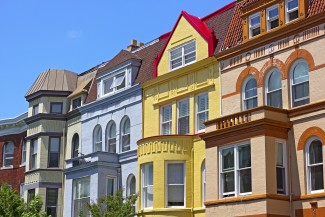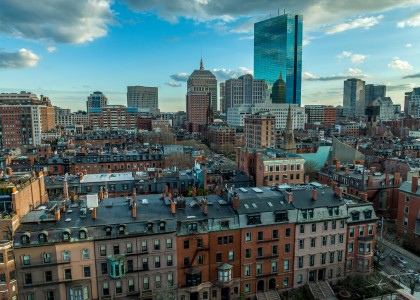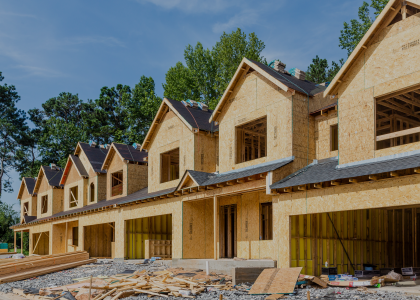As city leaders focus on mitigating the hardships wrought by the COVID-19 pandemic, a toolkit released today by ACEEE offers them seven energy-saving strategies to help revive and strengthen urban economies. Cities all over the country, from Seattle to Cincinnati, provide examples of how these strategies are getting results.
Regardless of a city’s size or how far along it is on its clean energy journey, mayors can be catalysts for change. They have the power to set policy and help create a culture that reduces and accurately values energy consumption. With elections around the corner, this toolkit can also be used as part of a mayoral candidate’s clean energy and economic development platforms. Sixty-three percent of Americans prefer to conserve energy to solve our nation’s energy problems, compared to 32% who prefer to produce more fossil fuels.
The toolkit shows that these seven strategies are especially promising and effective, and it offers examples of cities that have put these strategies into action.
- Develop, implement, and communicate an energy efficiency vision for the city Orlando Mayor Buddy Dyer assembled the city’s first Office of Sustainability & Resilience to implement the Green Works Orlando initiative. This office coordinates with city departments and community stakeholders to ensure the effectiveness of sustainability planning efforts, including community-wide energy reductions of 45% below 2010 levels by 2040.
- Increase the energy efficiency of local government operations In 2014, Bemidji, Minnesota, which has a population of just over 15,000, took advantage of an energy service performance contract (ESPC) to upgrade eight city buildings, a wastewater treatment plant, and streetlights.
- Scale up energy efficiency in existing buildings In 2018, the Council of the District of Columbia adopted mandatory building energy performance standards for large buildings, including multifamily buildings. Only three cities, plus the state of Washington, have adopted these ambitious policies.
- Encourage energy efficiency in new construction In 2018, Philadelphia became the third U.S. jurisdiction to adopt the 2018 International Energy Conservation Code. Mayor Jim Kenney said the city’s commitment to the Paris Climate Agreement, as well as its efforts to ensure that buildings meet the highest standards of safety and quality, motivated the update.
- Promote energy efficient transportation Los Angeles partnered with the Shared-Use Mobility Center and the California Air Resources Board to launch an electric vehicle carsharing project focused on serving low-income residents.
- Prioritize transportation efficiency in zoning and development Portland’s zoning code encourages mixed-use development of vacant or underused properties along nearly all the city’s main commercial streets and throughout most of its downtown, which serves as the region’s business and cultural hub.
- Leverage and maximize utility energy efficiency offerings In 2014, Minneapolis entered a unique partnership with its two major utilities—Xcel Energy and CenterPoint Energy—to help the city achieve its clean energy goals.
The energy efficiency industry, the largest in the clean energy sector, has faced serious setbacks due to the COVID-19 pandemic, losing more than 400,000 jobs. One thing the pandemic has not changed is that energy efficiency remains a strategy city leadership can use to save money for cities, residents, and business owners, help meet climate goals, and get people back to work! Energy efficiency jobs are almost impossible to outsource, as most critical services require contractors and other skilled professionals to work in and provide value to the local community.
This toolkit emphasizes recommendations that are low cost, prioritize equity and inclusivity, and are accessible to cities of all shapes and sizes. Energy efficiency is an economic driver that can get people to work and reduce energy costs for municipal facility managers, renters, and everyone in between. Energy efficiency has always been and continues be the most environmentally friendly energy source because the greenest fuel is that which is never produced or burned.




